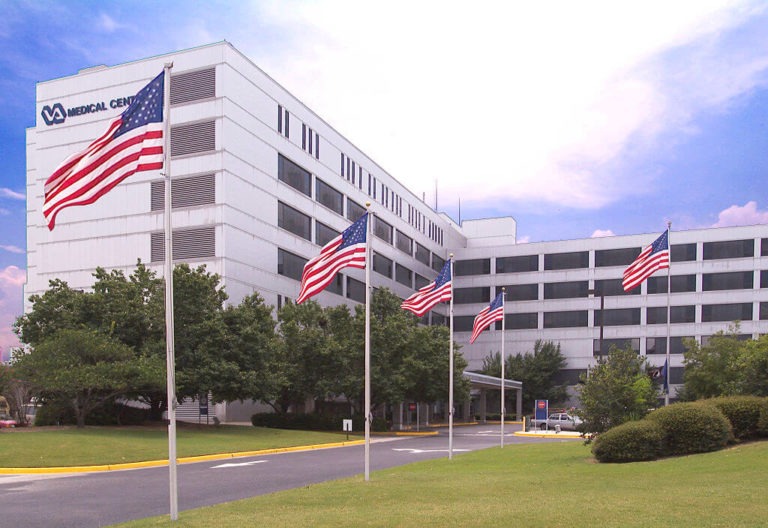The Structure and Function of the Veterans Health Administration (VHA)

The Department of Veterans Affairs is comprised of three branches: Veterans Health Administration (VHA), Veterans Benefits Administration (VBA), and the National Cemetery Administration (NCA). Each of these branches has specific functions that serve veterans in different ways. This blog will focus on the Veterans Health Administration’s role in the VA system.
What is the Veterans Health Administration?
The Veterans Health Administration is the largest healthcare network in the United States and is made up of 1,243 health care facilities; 172 of which are VA medical centers, and 1,062 are outpatient sites with varying purpose. Among these sites are VA outpatient clinics, community-based outpatient clinics, community service programs, Vet Centers, and domiciliary care centers. These facilities are divided based on geographic location into 18 Veterans Integrated Service Networks (VISNs).
The Under Secretary of Veterans Affairs for Health leads VHA, the largest agency within VA, and oversees an annual budget of roughly $68 billion. The Veterans Health Administration employs over 300,000 health care professionals and support staff among its sprawling facilities.
What does the Veterans Health Administration do?
The mission of the Veterans Health Administration is to “honor America’s Veterans by providing exceptional health care that improves their health and wellbeing.” VHA is tasked with serving each of the over 9 million veterans enrolled in VA health care. It is important to make the distinction between the Veterans Health Administration and the Veterans Benefits Administration: veterans are treated for medical conditions in VHA facilities (or providers contracted with VHA), and the VBA is in charge of overseeing and distributing compensation for service-connected disabilities and special benefits such as Dependency and Indemnity Compensation.
Facilities of the Veterans Health Administration and their purpose
- Veterans Health Administration Medical Centers are usually large hospital facilities located in major cities across the United States. Each medical center offers traditional hospital-based services and some offer specialty care services, such as:
- Mental health
- Orthopedics
- Pharmacy
- Radiology
- Physical Therapy
- Audiology and speech pathology
- Dermatology
- Dental
- Geriatrics
- Neurology
- Vision care
- Community-Based Outpatient Clinics are facilities contracted by VA to provide veterans with common outpatient services, such as health and wellness visits, without having to visit a VA medical center.
- Community Living Centers, or nursing homes, are skilled nursing facilities for veterans with stable chronic conditions, who need rehabilitation, or who require hospice care.
- VHA Domiciliaries provide veterans with short-term residential medical or psychiatric treatment and vocational rehabilitation in a home-like environment.
- Vet Centers offer free outreach services and readjustment counseling to all combat veterans.
About the Author
Share this Post
